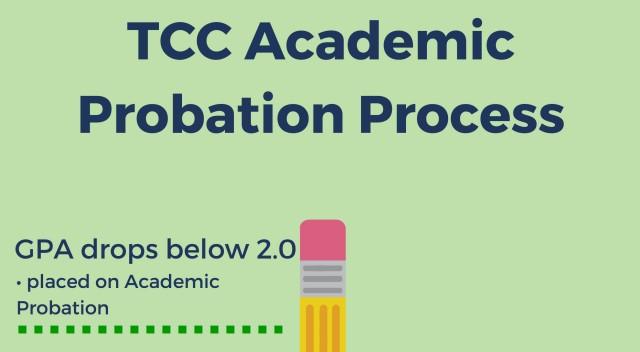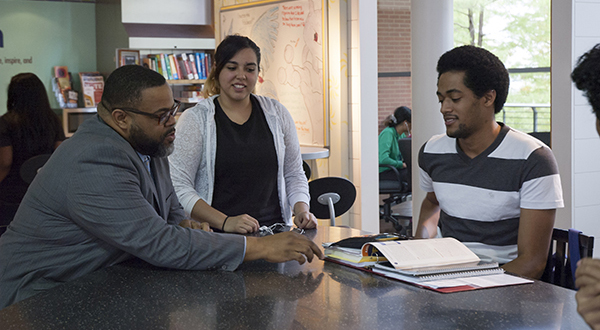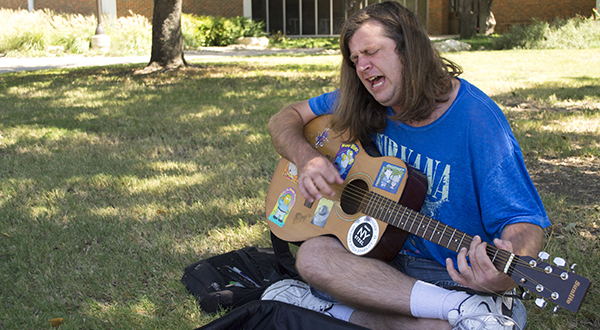By Brian Garcia/ reporter
Suicide awareness is spoken about frequently on campus because it occurs more often than the public might think, a TR counselor told students Sept. 9.
As part of the TR Discovery Center’s Survival Week speaker series, Lori Leach presented students with statistics and informational slides about suicide and the people who have suicidal thoughts. She said the presentation wasn’t meant to be a crisis counselor training program.
It was aimed at students “just to be more aware of things you might hear about or see happening with another student [that’ll] let you know that they might be at risk, and what you should do about it,” she said.

Mental health/addiction concerns
Trauma/abuse/bullying
Isolation
Difficult loss (relationship/financial/job/school)
Easy access to highly lethal means of self harm (gun, pills)
Previous suicide attempt
* These do not necessarily mean the person has suicidal thoughts.
As Leach presented a list of risk factors, she noted that out of the eight, a previous attempt of suicide and isolation were among the highest risk factors. Not every risk factor on the list, such as a difficult loss or trauma, was a reason to assume that suicidal thoughts would be present. Yet for every risk factor, she presented a “protective factor” that dealt with each one, such as connections to community support (church, student organizations, etc.) or restricted access to lethal means.
When protective factors aren’t present or effective and risk factors are high, Leach said intervention should be initiated. She said she sympathized with the difficulty of starting a conversation with someone about suicide but said a simple conversation would suffice in getting started.
To help in a situation like this, one should simply ask the person about their thoughts and feelings on suicide, she said. People might state their concerns and observations of someone who might be at risk. Depending on the person, one could approach the conversation indirectly or directly.
Ninety percent of people with suicidal thoughts will give off clues about their struggle, Leach said
“It’s usually because they feel [conflicted],” she said. “‘I can’t think of any other way to resolve this thing that’s happening in my life.’ ‘I wanna get help. I really don’t wanna die.’”
Leach said friends or family members need to know when to worry. According to studies, the same 90 percent of people with fluctuating thoughts of suicide begin to try and find a resolution after approximately two weeks.
“It’s so important to intervene at that moment and try to get some help so that they can survive that situation and go on to lead a happier, productive life,” she said.
People need to know who to refer the person with suicidal thoughts to and have a suicide prevention hotline and/or campus police phone number handy and follow through with that person. If imminent danger is present, Leach said to call campus police because they can respond more quickly than city police.
Anyone seeking more information can visit any campus advising center and speak with a counselor.






























